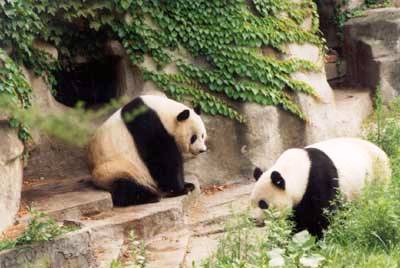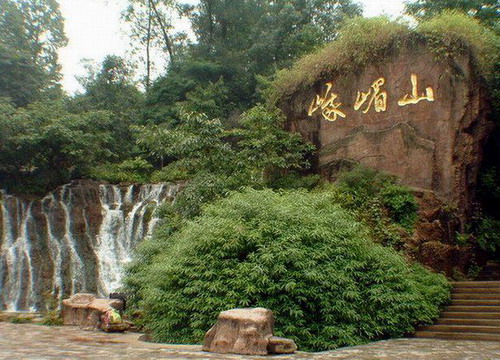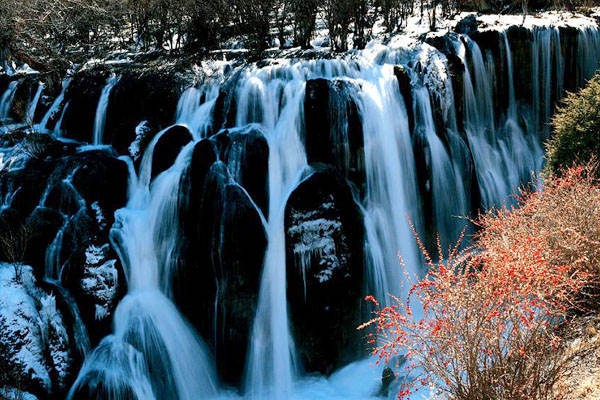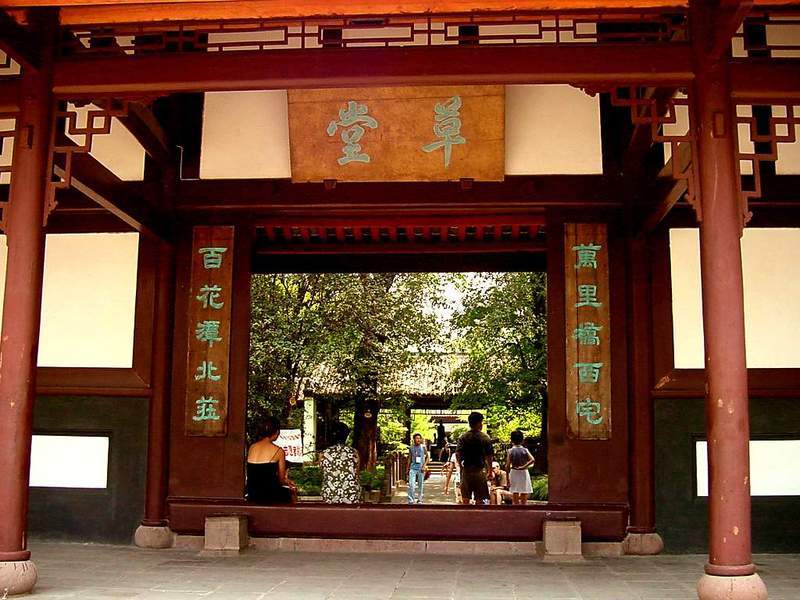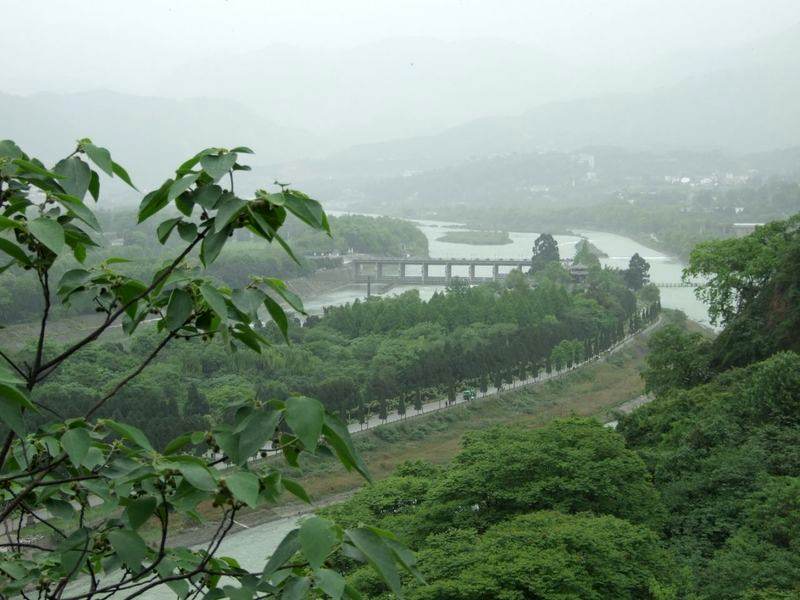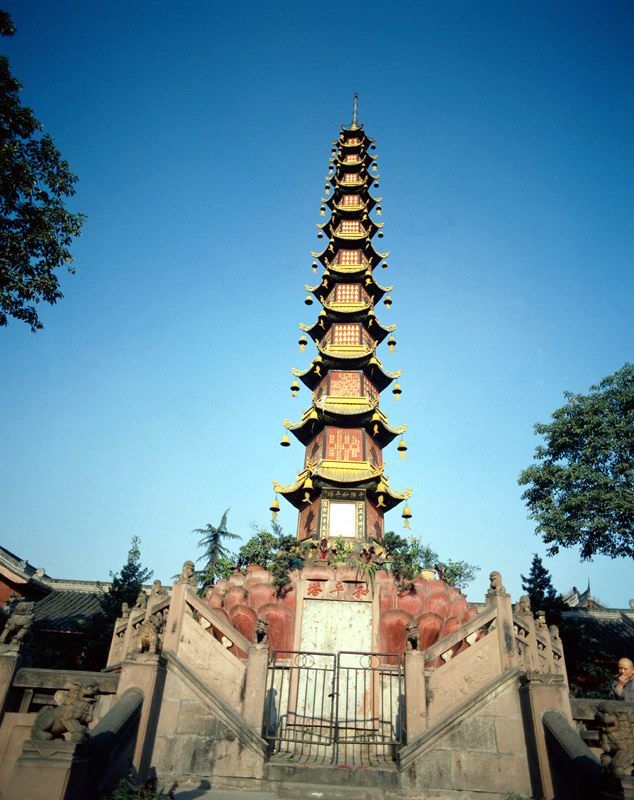Xiangcheng
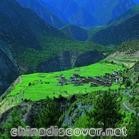
The town of Xiangcheng does not get much attention from travelers. Most stay only one night on their way between Litang and Shangrila, or to the Yading Reserve in Daocheng County. These three places are famous for, respectively, holding a gargantuan summer horse festival, sharing the name of the utopian kingdom described in the novel Lost Horizon, and possessing Kham's most stunning scenery. In comparison, Xiangcheng is unknown.
Eighty years ago, when Joseph Rock explored the region and wrote about it for National Geographic , Xiangcheng was a notoriously impenetrable kingdom, and not just because of the wall of mountains that surround it. Xiangcheng men were warlike and ruthless, outsiders were not welcome, and death was an almost certain outcome to those who tried to enter.
Now, of course, things are different. Traffic through Xiangcheng is heavy, especially in summer, though people don't stop for long. The road is relatively new, so reaching Xiangcheng is relatively easy. The climate is pleasant, the food is good, and it has an outstanding family-run Tibetan guest house. I thought that it's high time someone put Xiangcheng on the map.
I asked around, and soon learned of one really good, and fairly accessible, trekking area in the county. That is the neighborhood of Bamu Mountain (MAP) , a picturesque peak of many granite spires that is locally famous. It rises immediately west of the town. I was taken around the back of the mountain, to Bamu Lake, a good, sturdy one-day out-and-back hike. There are a couple of other destinations near the lake, so you could easily devote more than one day to this area. There are also excellent campsites, and a nice longer trail that should take you all the way to Derong in 2 or 3 days.
To reach the trailhead, catch a local taxi and tell the driver to take you in the direction of Derong. After 25 km, you should see a dirt road heading off to the left, away from the paved highway. The taxi can go a little ways down this dirt road, but it soon becomes too rough for anything except a tractor. At this point, get out of the taxi and start walking.
Very soon, the tractor-trail descends to the Trongyon Tong valley. Below you, you will see grass, a snaking river, and herdsmen's huts. Head down to this valley, and then keep going in the same direction (west), down-river.
Alternatively, there is a trail to Trongyon Tong valley directly from Xiangcheng town. It goes over a pass, so it's fairly strenuous, and takes 40 minutes to an hour to walk.
In one of the huts, I met an old man named Tenzin who told me the following story:
"The name Bamu comes from an earlier name, Bawu, which means 'hero.' The mountain is holy and it's worshipped by the monastery here. It's symbolized by a white man mounted on a white horse. Jawarenga is the name of the spirit who dwells in the mountain. Jawarenga means 'five gods' - one god for each of the five spires on the back of the mountain. On the front is Neten Judo, which means '16 gods.' Bamu Lake is considered the soul of the mountain."
Tenzin had one peculiar thing in his hut: a picture of the deity Dorje Shugden. This god is very controversial in Tibetan Buddhist circles. Some religious authorities have suggested that it would be better not to worship Shugden, however the deity has many devout believers, both inside and outside Tibet, who have refused to give him up. In Xiangcheng, they are especially numerous. In fact, the whole county seems to be one hundred per cent believers in Shugden. The monastery overlooking the Xiangcheng County town, Ganden Shangpo Monastery, had a large gilt relief carving of Shugden inside. It is really a splendid monastery, with 800 monks and the finest interior furnishings I have ever seen in my travels in Kham.
My translator, a conventional sort, would have preferred not to talk to these Shugden people. Having explained to me once about Shugden, he thereafter referred to the deity in veiled, derisive tones as " that god." When he spotted the picture on Tenzin's table, he said, "there is a picture of - that god." He could not, however, explain to me what's the problem with Shugden. Since then, I have discovered a great deal of information, both for and against, on the Web. The curious reader should have no problem finding out more.
After about two and a half hours of walking (more or less, depending on how many huts you visit), you will reach a fork in the trail. The right-hand fork is much easier looking, going downhill. If you keep going this way, after a day or two more, you will reach the main highway that connects Shangrila with Derong, and you ought to be able to get a ride in either direction. The left-hand fork heads off at a sharp angle, going steeply uphill. If you're going to Bamu Lake, this is the trail you want.
After half an hour more of walking, you'll reach a very nice little meadow with a field of big yellow flowers and leafy shrubs, and a herdsman's hut. Just before this place is a turnoff going up the rock wall on your left (south side). This is the path to take if you want to circumambulate Bamu Mountain or climb to its summit. Both are permissible.
By now you might have noticed one peculiar thing: that there is good mobile phone service almost everywhere on the trail to Bamu Lake. That's because there's a signal tower somewhere on the mountain, and it broadcasts effectively in all directions. This is greatly convenient if you want to summon a taxi to the trailhead at the conclusion of your hike.
effectively in all directions. This is greatly convenient if you want to summon a taxi to the trailhead at the conclusion of your hike.
Continuing to Bamu Lake, you will keep climbing steadily, and after half an hour more you will enter forest. Half an hour after that, you will be above the tree line. The valley opens up to be quite broad, and if you look around the left valley wall, you'll see three caves clustered together. There is a story about these caves. Once again, my informant is the old man Tenzin:
"One day, a long time ago, a lama named Chutra Gyantso was traveling through this valley. He saw the caves, and decided to rest here. He let his horse free to graze, and bedded down in one of the caves for the night. Unfortunately, during the night, a wolf came down; it killed and ate the lama's horse. "
"When Chutra Gyantso arose the next morning and saw his dead horse lying on the grass, he was very angry. He caught the wolf, then he took the tail from his dead horse and tied the wolf's mouth closed with it. Ever since, no wolves have dared to appear at that place."
The area, it turns out, has got more caves. If you take the trail to Bamu Lake, but don't go all the way to the lake, instead make a right turn into a high tributary valley just before, and follow it for about a kilometer more, then you can reach a very big cave. It's said to go one kilometer underground, and to have rocks formations in many fantastic shapes inside. The cave tunnels inside a mountain called Balum Namten, which means 'sky scraper.' If you stand at the entrance to the cave, you can here a drum beating inside. Local people say, "the cave is so big and deep that you can't use a flashlight to see it; you can only use a candle."
If you want to explore this cave, you should be prepared to camp overnight, and return to town the next day. Or, if you continue past the cave, there is said to be a village somewhere on the far side.
Anyway, hiking from the three small caves onward to Bamu Lake takes about half an hour. A line of prayer flags suspended from poles announce that the lake is nigh. When you reach it, you will probably be breathless, because the elevation must be at least 4300 meters above sea level. Minerals in the rocks give the lake a reddish tinge. The lake is not large, and it can be circumambulated in half an hour or so. There are no dwellings on its shores.
Here is the legend of Bamu Lake: Once, two families of herdsmen lived in this valley. One had an ox, the other family had a red yak. The two animals were constantly fighting, locking horns, but the yak always won, to the dismay of the ox's owners. Finally, the family that owned the ox got fed up with their animal losing all of the time. They tied a knife to the horns of the ox. The next time the animals fought, the ox was victorious, the red yak was killed, and its blood became Bamu Lake.
From Xiangcheng, you might catch an onward bus from Kangding-Litang-Zhongdian. Xiangcheng is a small border town that is quickly expanding with the usual tiled buildings and blaring horns. A hike up to a small Tibetan temple offers views over the valley and what's left to the town's traditional square stone houses. This lamasery itself is being completely rebuilt by hand and is worth a visit to watch carvers and painters at work.
